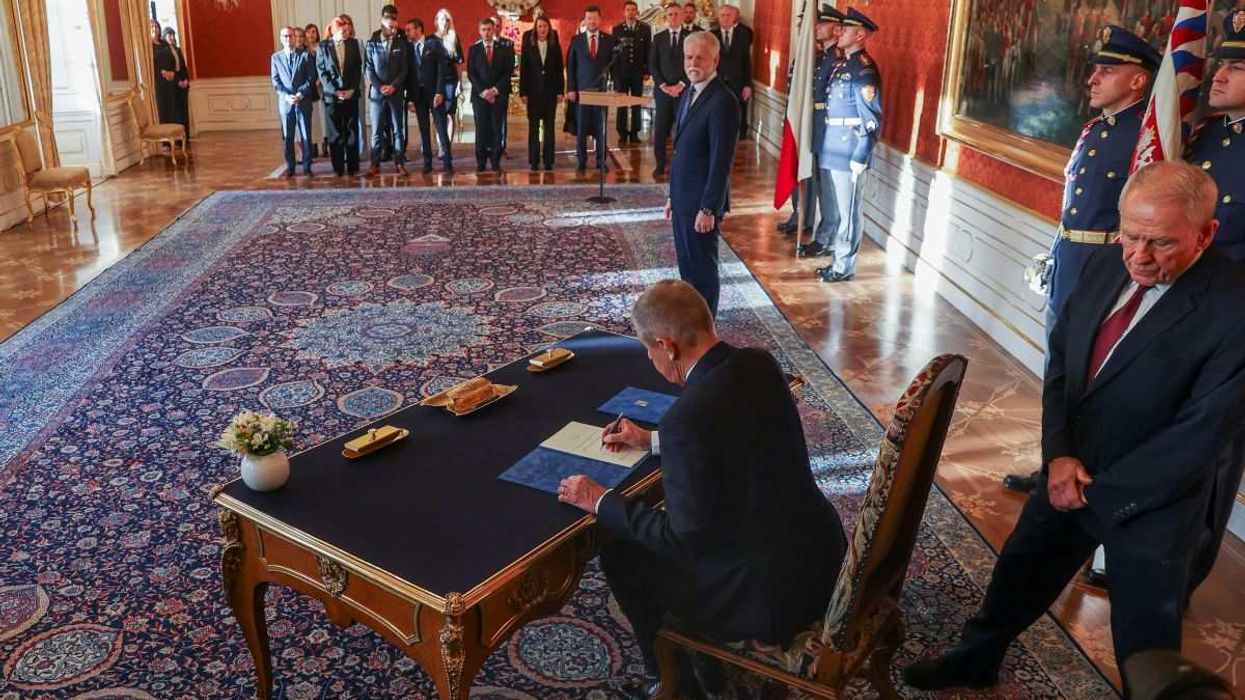The BRICS – a bloc of nations comprising Brazil, Russia, India, China and South Africa – meets next month in Brazil's capital for its annual summit. The idea of the "BRIC" grouping comes from a 2001 Goldman Sachs paper, which predicted that these rising economies, despite their major differences, would soon be among the world's largest, and that as a group they would command more global clout as a result. The idea took on a real-world structure in 2009, when Brazil, Russia, India and China began holding regular BRIC summits, and in 2010 they invited South Africa to join as well. But this vision of BRICS power hasn't necessarily materialized: China's share of global GDP has boomed – and India's growth has been significant, too. But the B, R, and S shares of the global economy have actually shrunk over the past 20 years. Here's a look at how these economies have fared since the idea of the BRICS was born.
VIDEOSGZERO World with Ian BremmerQuick TakePUPPET REGIMEIan ExplainsGZERO ReportsAsk IanGlobal Stage
Site Navigation
Search
Human content,
AI powered search.
Latest Stories
Start your day right!
Get latest updates and insights delivered to your inbox.
Latest Videos
Related
Sponsored posts
The power of sports
What's Good Wednesdays
What’s Good Wednesdays™, December 10, 2025
Walmart sponsored posts
Walmart's $350 billion commitment to American jobs
More For You
Most Popular
Load More
GZERO Daily: our free newsletter about global politics
Keep up with what’s going on around the world - and why it matters.


















